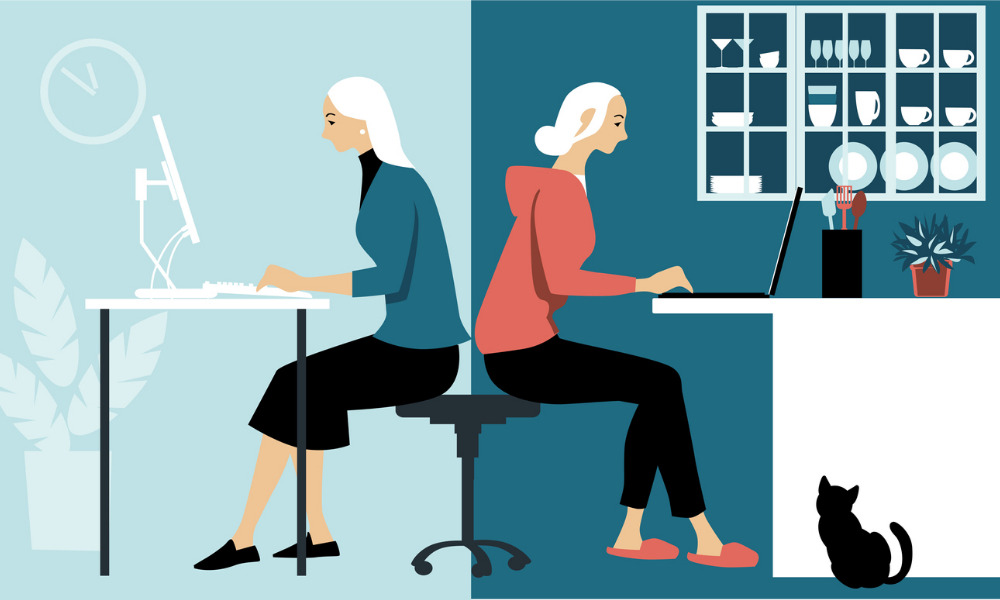
We have a chance to align workplace policy around working hours and conditions with workspace design

Technology accelerated faster than we could ever have imagined during Covid. Remote work is no longer something being discussed, technology has enabled it and it is here to stay. As we emerge from our homes and contemplate the future of the workforce, what do workspaces look like and more importantly, with 1 billion dollars a year paid in commercial rent in Auckland alone, how can we maximise building usage?
New data released by commercial office fit out company Studio DB found that within the space of two years, building utilisation – this describes when a space is actively used – dropped from 52% before the pandemic to as low as 20 percent for some parts of New Zealand.
The study also found that 97% of people think the physical environment is important to support company culture, 55% of business leaders worry about improving office space utilisation with hybrid work patterns, and 64% say their main challenge with hybrid working itself is keeping people engaged when they work remotely - over half see maintaining collaboration and innovation as a key challenge.
Read more: Is your office building generating wellbeing
Studio DB Director and Head of Strategy Jonas Brodie said, “Technology has caught up to general company operations, and our data shows that over the next 18 months, as we come out the other side of COVID, innovation in design will take workplaces to the next level to bring the best out of people.”
Innovating office space is something Studio DB have been working on since the company was forced to reimagine what the workplace might look like post-covid. They’ve recently unveiled a data-based methodology into workplace design that they say has the potential to improve workplace utilisation for companies.
“Frankly, anyone can design an office, but very few have the tools to measure the return on investment of that design, said Brodie.
Studio DB’s formula is a data-driven strategy that aims to improve building utilisation through better attendance and activity-based working, the integration of flexible workspace solutions, and the incorporation of utilisation studies to show exactly which spaces are most used.
Studio DB recently refined its service offering, moving their focus to data and human-centric, holistic design of workspaces that also facilitates a hybrid model for the increasing number of business leaders wanting to offer flexibility to employees.
Read more: Is your office environment conducive to work?
“We run engagement surveys and gather data that can be converted into reportable insights that help HR leaders, CEOs and directors make better, informed decisions about people and culture, operational and capital expenditure, and the direction of the business. There are tremendous strategic and productivity insights to be gleaned from this approach, including around attrition, recruitment, and retention of talent,” explained Brodie.
The company offers multi-discipline and end-to-end delivery, with in-house capability including each specialist area of expertise necessary for any project, and delivery of all components – with a market-leading methodology combining strategy, design, and delivery, so clients have complete cost insights at every stage.
“We all know that the way we were working before the pandemic was not optimal. Now we have a chance to align workplace policy around working hours and conditions with workspace design.”